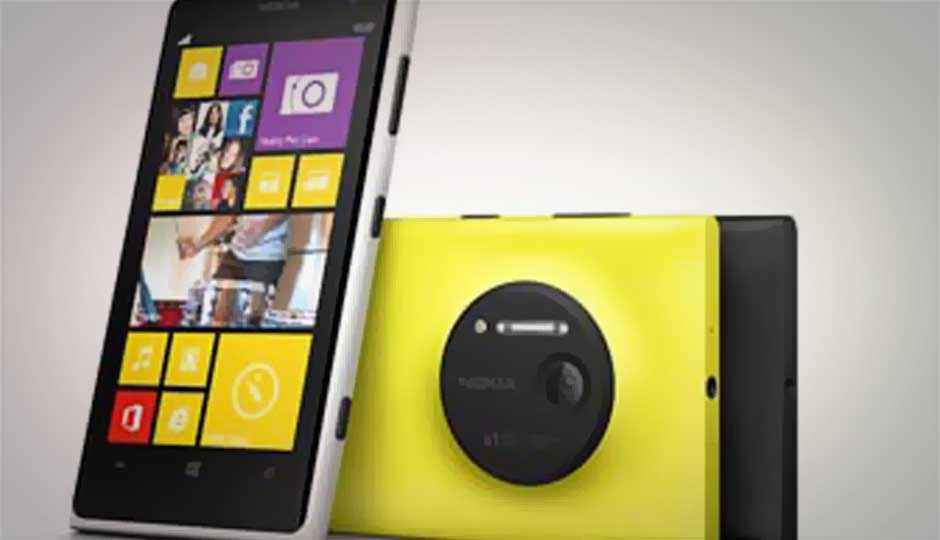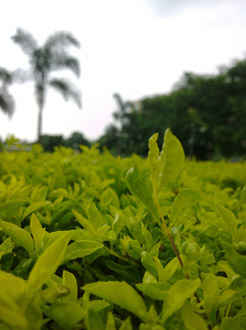Nokia Lumia 1020: First Impressions of the 41Megapixel PureView Camera
We got our hands on the Nokia Lumia 1020 at the launch event and took a few test shots to see whether the camera actually is worth the hype.

Nokia India has finally announced that the Lumia 1020 will be gracing the Indian store shelves on October 11th, with the price to be announced only a day before the launch. However, P. Balaji, Managing Director, Nokia India did say that people should expect it to be in the $800 (Rs. 50,000 approx.) range. That’s pretty steep for a phone, but when you consider the 41-megapixel camera strapped to its elegant back, some people might think the price could be justified. Since Nokia wants that premium price for the camera, we felt it only appropriate to get our hands on the device and put it through a quick imaging test.
 Survey
SurveyDisclaimer 1: All images you are about to see were shot on a test build of the phone, meaning, it was still to receive the final updates to make it “sale worthy.” The final build of the phone will have better performance from what we’re told.
Disclaimer 2: We have only uploaded the full res files, which are quite heavy. We recommend you exercise patience, or check out the latest Google Doodle while the image loads (clicking on the thumbnails will open them in a new window)
Initial Impressions:
The venue we had access to was mostly devoid of any suitable low-light testing areas, but the nice overcast Delhi skies lent a really good hand at getting some decently exposed shots. All photos were taken using the Nokia Pro Cam app, with varying settings. In one, we used manual focus, in another, exposure compensation and in one, we even went full manual.
Right off the bat, it’s obvious that the Nokia Lumia 1020 does a pretty decent job of metering the scene, since it uses the average method. In the event that the exposure was not to our liking, we could rather quickly adjust the exposure compensation using the fly-out dial. The best part is that whatever settings you change, you see the results on the screen in real-time.
We shot all images in Dual mode, which is that the camera captures one 38 megapixel image and one 5 megapixel image simultaneously, ready to upload. Unfortunately, what this does is that it slows the camera app down. After you have pressed the shutter button, the camera takes up to 3 seconds to save the image. So if you’re looking to be quick with your shooting, choose to store only the 5MP images.
Though the Nokia Lumia 1020 has a small pixel pitch of 1.12 microns, which is smaller than the pixel pitch on the PureView 808, the images out of the Lumia 1020 are actually quite stunning. The ball bearing based optical image stabilization system works like a charm, allowing you to hand-hold a shot with a shutter-speed of up to half a second.
Looking at the image quality, the detail that can be pulled out of the full resolution file is actually quite mind-blowing, although the dynamic range isn’t something to write home about. It’s not low, but it’s not incredibly impressive either.
The Pro Cam app will allow you to go back to your shot and recompose it, and that is thanks to the fact that it actually always captures a full resolution shot with a field of view of 26mm (equivalent). This allows the user to go back to the image and choose any area of the image to be pulled out as a 5 megapixel image. This is what Nokia claims to be “shoot first, compose later,” and while it is good in principal, we still prefer that users compose their images right in the first place to get the most out of the sensor (and also save time in post process).
Verdict:
The Lumia 1020 is quite revolutionary when it comes to cellphone imaging. The photos from the Lumia 1020 are absolutely stunning. The clarity and the detail rendered by the camera are definitely far better than what we have seen so far, in league with the PureView 808. The colours tend to pop and the contrast is good, though it does tend to suffer from harsh blowout in highlights when the lighting get tough. We will reserve our judgement till we put a final production unit through its paces, but feel free to take a look at the samples.

In the (above) left image, we see just how sharp the Zeiss optics are. The image on the right (above) showcases the 26mm wide angle view

The Lumia 1020 has a hard time dealing with harsh highlights

The (above) left image shows the harsh transition from blow highlights to colour information. The image on the right (above) was shot in low light

The Lumia 1020 leaves room for creative compositions and the ability to even recompose after the shot has been taken, without loss in quality.
.jpg)


